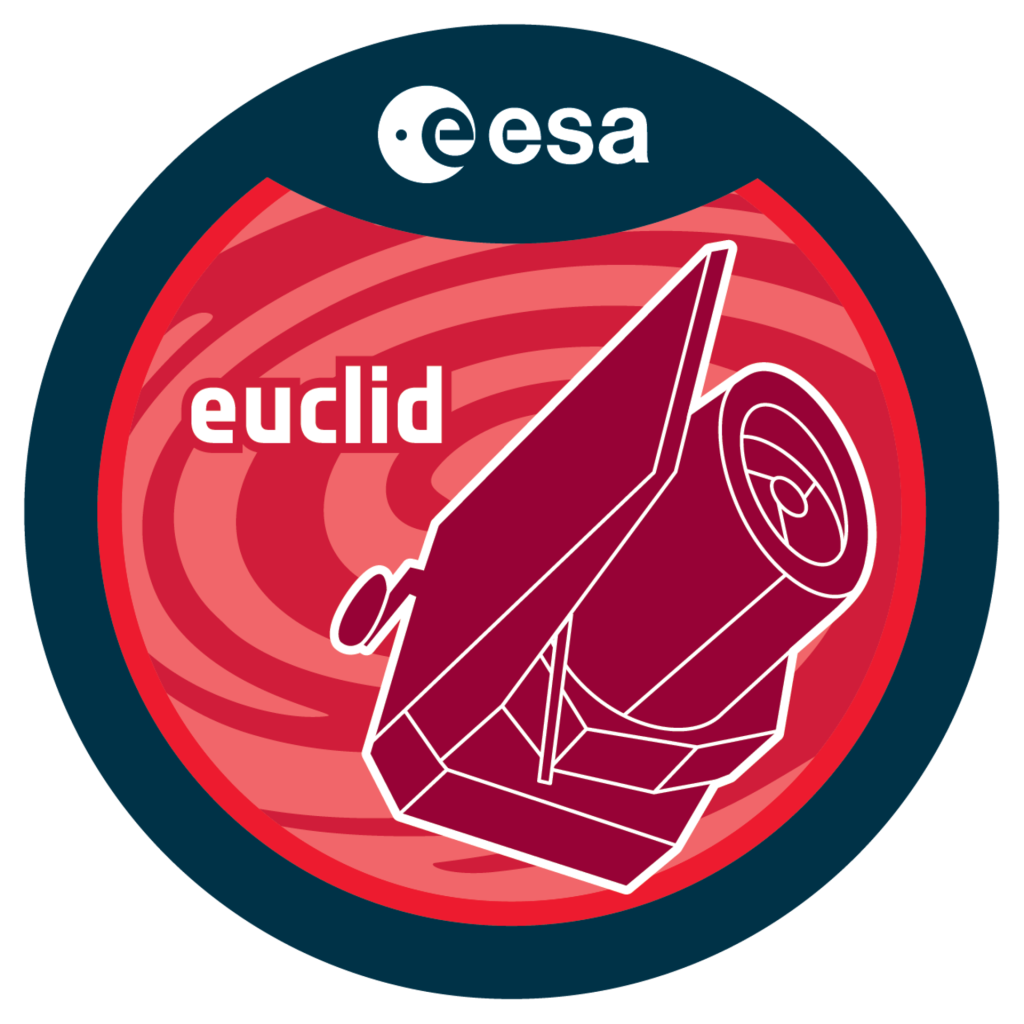Euclid is designed to explore the evolution of the dark universe. Over six years, it will make a 3D-map of the universe by observing billions of galaxies out to 10 billion light-years, across more than a third of the sky.
Euclid will give us further understanding of what dark energy and dark matter actually are. The mission will help to determine how the universe originated and what it is made of.

Euclid is a European mission, built and operated by The European Space Agency, with contributions from NASA. Teledyne e2v is part of the Euclid consortium consisting of more than 2000 scientists from 300 institutes in 13 European countries, the US, Canada and Japan.
The Teledyne e2v team have a heritage of manufacturing imaging sensors and sub-systems for over 150 space missions. They were selected to work with ESA on the Euclid mission as their sensors are proven to surpass the mission lifetime and known to survive the cold hostile space environment.
All the Euclid visible sensors were designed, fabricated, post-processed, packaged and tested in Teledyne e2v’s facilities in Chelmsford (UK).
All Teledyne e2v’s sensors go through intensive radiation, temperature, shock and vibration testing. Euclid will be too far out into space to do any repairs so the Teledyne e2v team have designed sensors that will deliver on performance over the mission lifetime.
Euclid’s operational orbit will be a halo around a point known as the Sun-Earth Lagrange point 2, at an average distance of 1.5 million km beyond Earth’s orbit.
